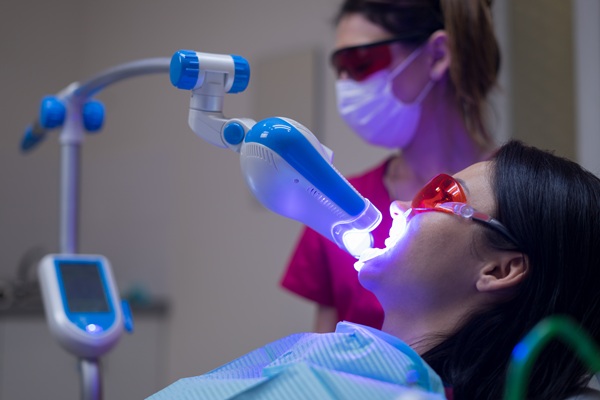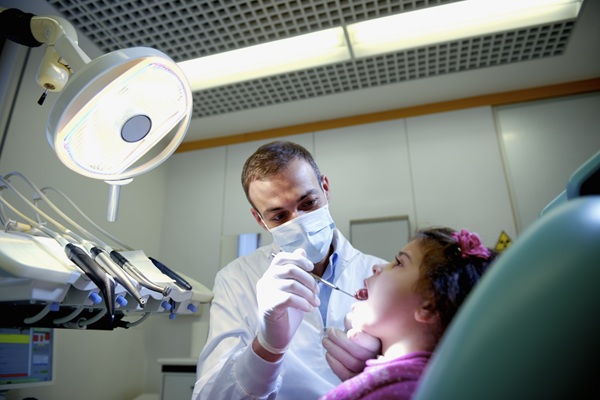5 Crucial Steps to Include in Your Daily Dental Hygiene Routine

If you truly value your physical appearance, it is very important that you take good care of your teeth, always. Even though this is easy to say, it takes a lifetime of consistent care for you to achieve healthy teeth. Yes, it could be that you were born with a naturally beautiful set of teeth. However, that beauty will be gone and could be lost if you fail to take good care of your teeth.
The 5 Steps
From sticking to a good routine to using the right products, there are several steps that you can include in your daily dental hygiene routine in order to maintain healthy teeth. Some of these crucial steps include but are not limited to the following:
Choose the right brush:
The first step to include in your daily dental hygiene routine is choosing the right brush. There is this misconception that adults should use larger toothbrushes, without knowing that the best is a brush with a smaller head. It's also important to choose one that has smaller bristles that could easily reach into the deeper part of your mouth, especially the crevices within your molars. They are good hiding places for food debris.
Brush properly:
The fact that you brush twice daily does not mean you are maintaining good oral hygiene. You have to brush properly and this entails taking not less than two minutes to brush every part of each of your teeth. If possible, you can time yourself in order to ensure that you don’t brush for less than two minutes.
Clean your tongue with a scraper:
This is especially important if your brush does not have a tongue-scraper back. Use a specially designed tongue scraper to carefully but properly scrape your tongue. This step is important because even after you are done brushing your teeth, you might still have some bacteria on your tongue. One sure way of getting bacteria off of your tongue is through scraping.
Floss properly:
After you are done brushing and scraping, the next crucial step is to floss. If there are food particles still hanging somewhere in between the gaps in your teeth, another sure way of getting rid of most of them is by flossing. The recommended length of floss is approximately 18 inches. This is to ensure that you use a fresh area of the floss for every few teeth in order to avoid reintroducing bacteria into your teeth.
Rinse with a mouthwash:
This is the final step in your daily dental hygiene routine. After the brushing and flossing, you should use a good antimicrobial mouthwash to rinse your mouth. There are various brands out there in the market and they are developed to help your mouth get rid of bacteria and plaque. Make sure to swish vigorously for no less than 30 seconds before spitting out the mouthwash.
The above are the 5 crucial steps that you should include in your daily dental hygiene routine. You should also make sure that you properly clean your brush after each use and avoid covering the toothbrush as this could lead to breeding of new bacteria on your brush. This could lead to oral health issues if you continue to use the same brush. And yes, avoid sharing brushes with other people, not even your children or spouses.
Request an appointment here: https://www.emersondental.com or call Emerson Dental Associates at (201) 620-9998 for an appointment in our Emerson office.
Recent Posts
Keep your smile shining bright with oral hygiene basics and regular checkups at our dental office.Taking care of your teeth requires more than receiving a dental cleaning at least once every six months. It is crucial to keep regular oral hygiene routines at home with brushing twice a day and flossing once a day. Along…
Flossing before brushing will help keep the space between teeth clean and prevent plaque buildup.When it comes to cleaning the teeth, most people may not realize that there is an order you need to follow. In fact, many people aren't aware of the crucial oral hygiene basics that can help your teeth remain healthy. While…
Routine dental flossing eradicates plaque and helps prevent the accumulation of plaque, which results in tartar. The process itself can give your teeth a brighter appearance through the elimination of plaque, debris, and excess food bits that are not visible in the mirror or located in places that your toothbrush cannot reach.Dental flossing is essential…
Most people are unaware of the initial signs of a cavity since these indicators often overlap with other oral health maladies. Cavities are one of the nation's leading health problems. The rise in cavity prevalence is partially due to the fact that food and beverage manufacturers are loading up all sorts of different products with…


